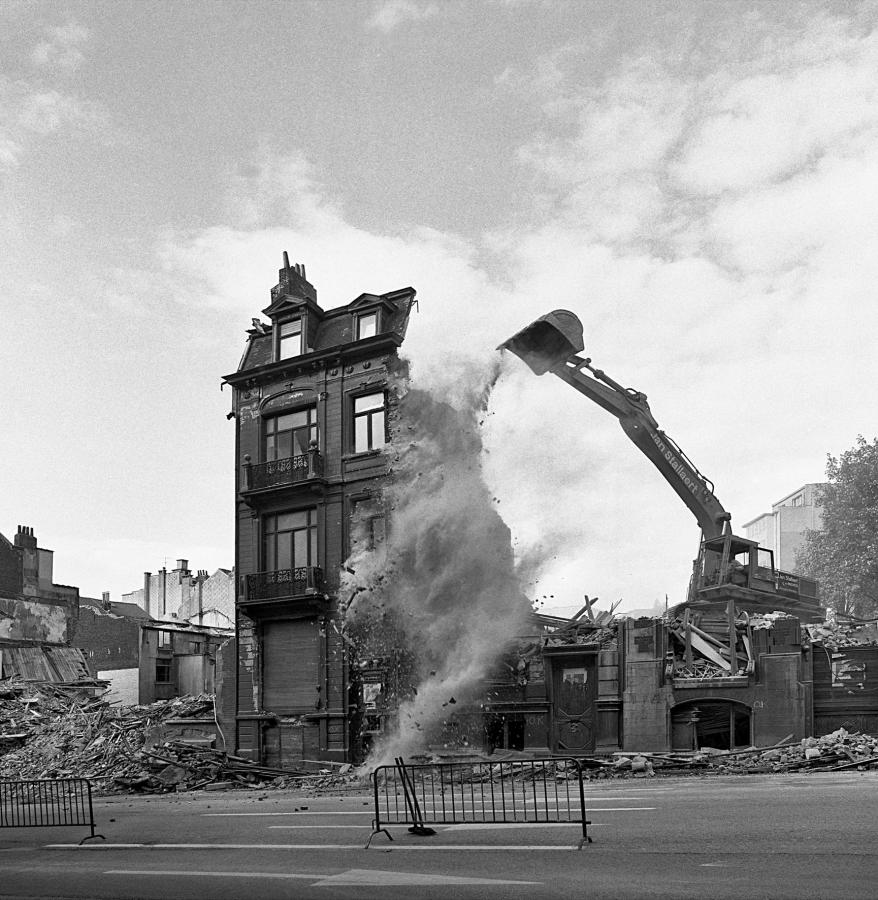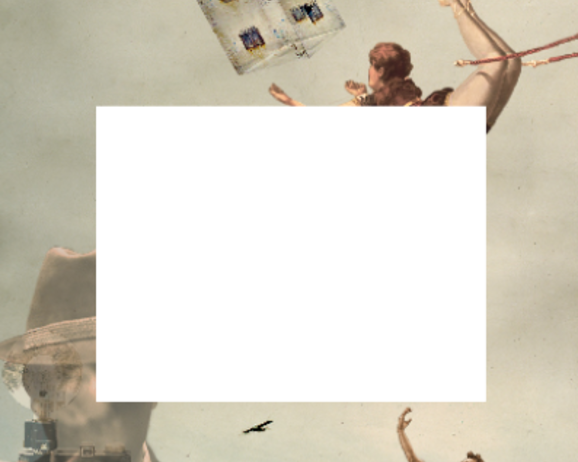This summer, the CIVA Foundation offers a unique perspective on half a century of town planning in Brussels. Two exhibitions take a distinctive look at the development of urban planning and architecture in Brussels and at the treatment of the city’s heritage: Save | Change the City – Unbuilt Brussels #01 examines Brusselisation, in which, at the urging of property developers and politicians, everything had to give way to what was called modern architecture. Corporate Arcadia focuses mainly on the architecture of the 1990s and the early years of this century and how it has shaped the appearance of Brussels today.
Adults: 10€
Discounted group admission: 8€
Students & seniors: 5€
-18: free entrance
The Marollen/Marolles district and its inhabitants, who had to clear out to facilitate the extension of the courts building (Justitiepaleis/Palais de Justice), the demolition of the Centrale Hallen/Halles Centrales to make way for a new multi-story car park (the now obsolete Parking 58), the appalling idea of an urban motorway, the destruction of Horta’s Volkshuis/Maison du Peuple, and the Manhattan plan that set out to convert the residential district around the Brussels North train station into a US-style business district: in the 1950s and 1960s, Brusselisation was out of control. Brussels looked like a city that was being demolished – and not in wartime either. Large parts of the city were handed over to the property developers. Entire neighbourhoods were devastated. Residents of working-class districts were evicted in droves. And those plans had the support of the authorities. The starting point was that the ‘indispensable modernisation’ of the city was the first priority.
But resistance was organised. The first neighbourhood committees were set up; local people rebelled. May 1968 protesters in Brussels had a clear goal. Two associations played a key role in that context: the Sint-Lukasarchief and the Archives d’Architecture Moderne. They took a stand for the people of Brussels and for urban heritage and architecture. Now, in 2017, both are part of the CIVA Foundation.
The unique Save | Change the City exhibition presents an overview of their activities in opposition to ‘Brusselisation’ and explores the alternatives that the two associations proposed at the time in order to achieve a liveable city – one with respect for its citizens, its architecture, and its heritage. Their key weapon was the creation of unique archives. An inventory was drawn up of the heritage and research – into the importance of Victor Horta’s work and art nouveau, for example – was carried out, libraries were set up, exhibitions were organised: no effort was spared in the effort to counter the lack of vision on the part of property developers and the authorities in relation to town planning and the city’s heritage.
The exhibition offers, on the one hand, a sample of the treasures contained in both the Archives d’Architecture Moderne and the Sint-Lukasarchief: hundreds of original plans; alternative proposals for neighbourhoods, streets, and buildings; protest posters; models; manifestos, etc. At the same time, visual archives immerse you in the spirit of those times. Television reports and documentaries from the 1960s and 1970s give a voice to the people of Brussels. Visitors young and old get to see the Brussels of the past and the impact that a changed ‘vision’ of the city has had on its inhabitants.
Save | Change the City shows a Brussels that used to exist…but is no longer there. A Brussels that, here and there, it proved possible to save. And a Brussels that could have been. Which means that the exhibition is a perfect fit in the CIVA’s new Unbuilt Brussels series, which shows a city that was thought up…but never built.

